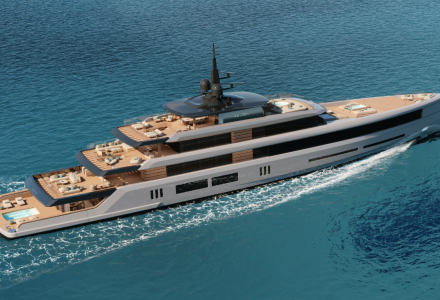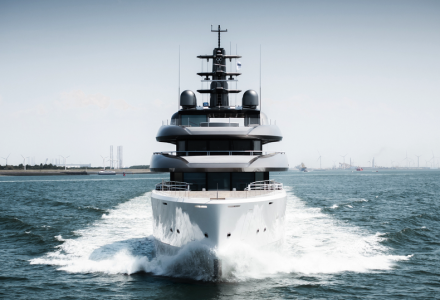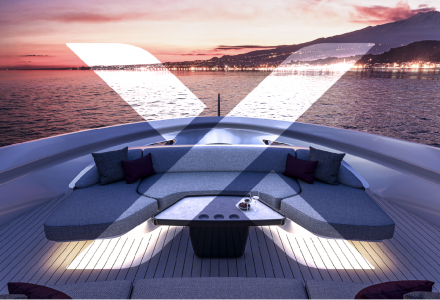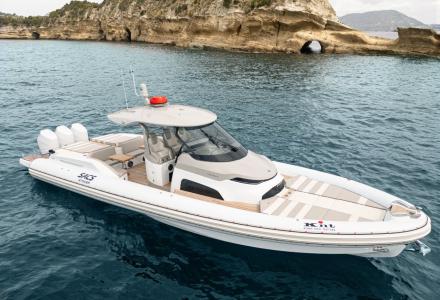Milan-based naval architecture firm Nauta Design has unveiled Project Velor, a 75-meter superyacht concept featuring unconventional layout solutions and diesel-electric propulsion. The 1,700GT design challenges traditional superyacht architecture through several innovative features.
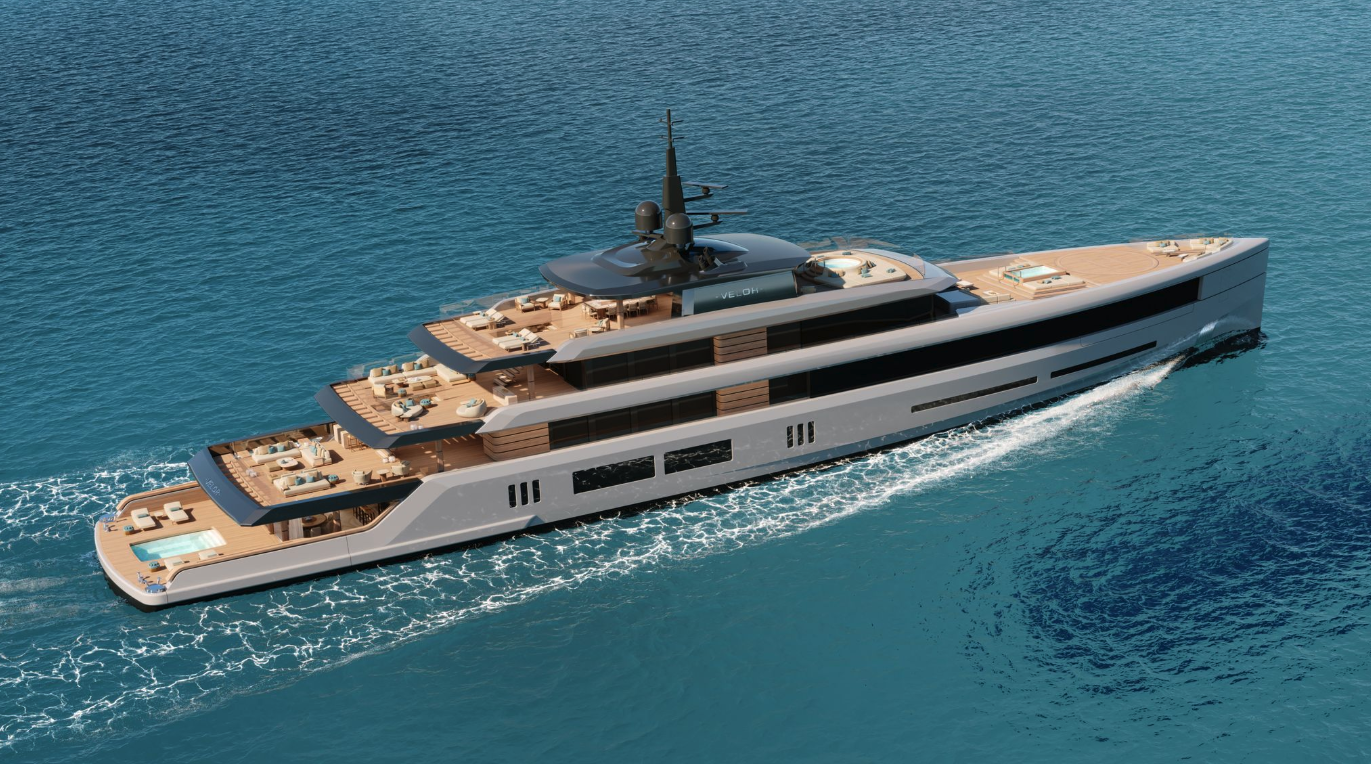
The concept utilizes a four-generator hybrid system (two 1,000kW and two 500kW units) to power its propulsion. A key technical innovation involves relocating the engine room to the under-lower deck, a solution developed in collaboration with naval engineer Francesco Rogantin of Studio Names. This configuration creates additional usable space throughout the vessel's four decks while maintaining conventional five-deck volume.
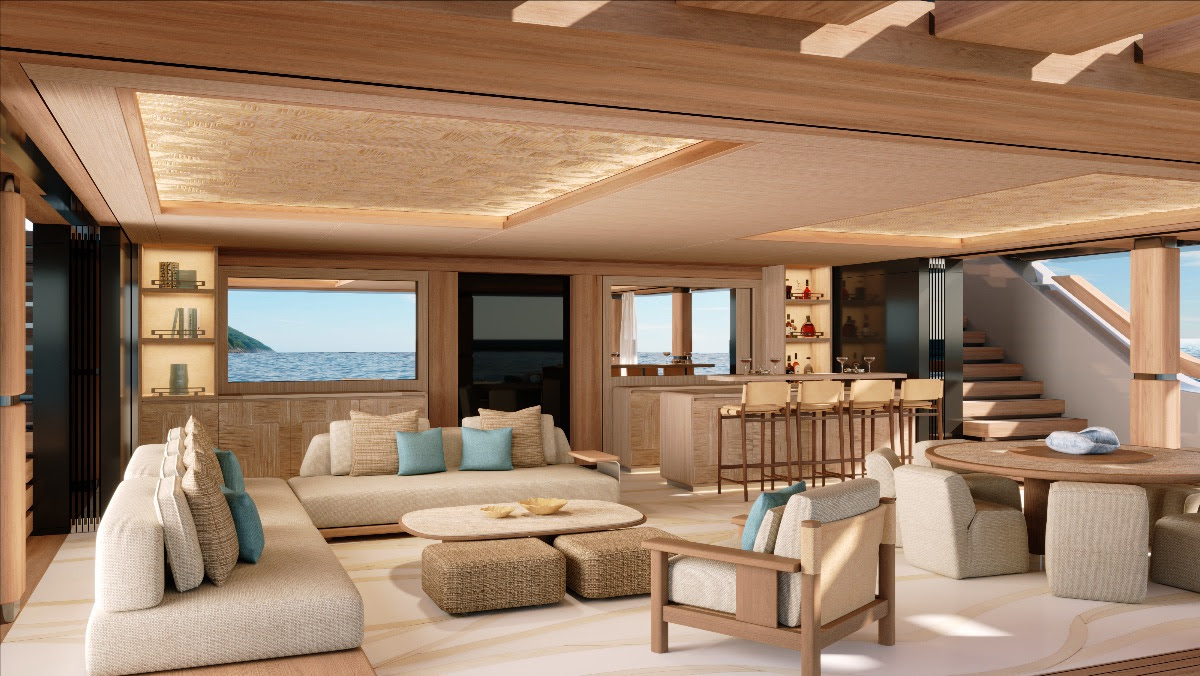
"One of the defining qualities of Project Velor is its flexibility," stated Guido Valtorta, Director at Nauta Design. "Every element suits the many ways owners use their yachts – whether for family time, entertaining, or quiet escape."
The design incorporates a transformable beach club area with retractable glass walls that can convert between enclosed spa and open waterfront lounge configurations. The sun deck features a multi-purpose pool area adaptable for various uses, while the foredeck lounge offers convertible private/social spaces. A slatted brise-soleil shading system creates dynamic light patterns across exterior decks.
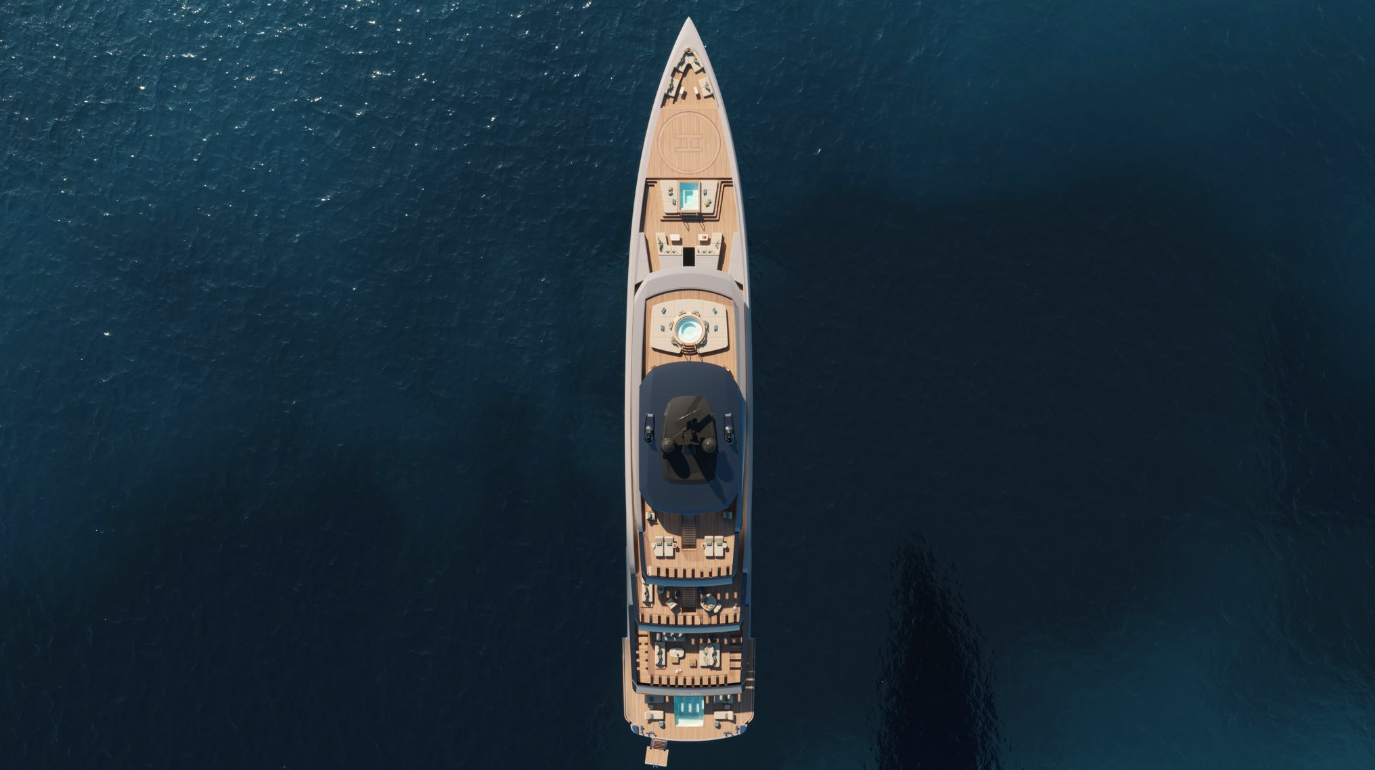
Martino Majno, Nauta Design Director, explained: "This flexible outdoor space is made possible by confining the single tier engine room to the under-lower deck." The arrangement results in continuous interior-exterior circulation via architectural staircases and minimized level divisions.
Project Velor's aesthetic combines curved and angular forms with extensive teak surfaces and horizontal lines. The design maximizes glazing for visual connection to the sea while maintaining structural integrity. Though specific accommodation details remain undisclosed, renderings suggest capacity for 12+ guests across multiple cabin configurations.
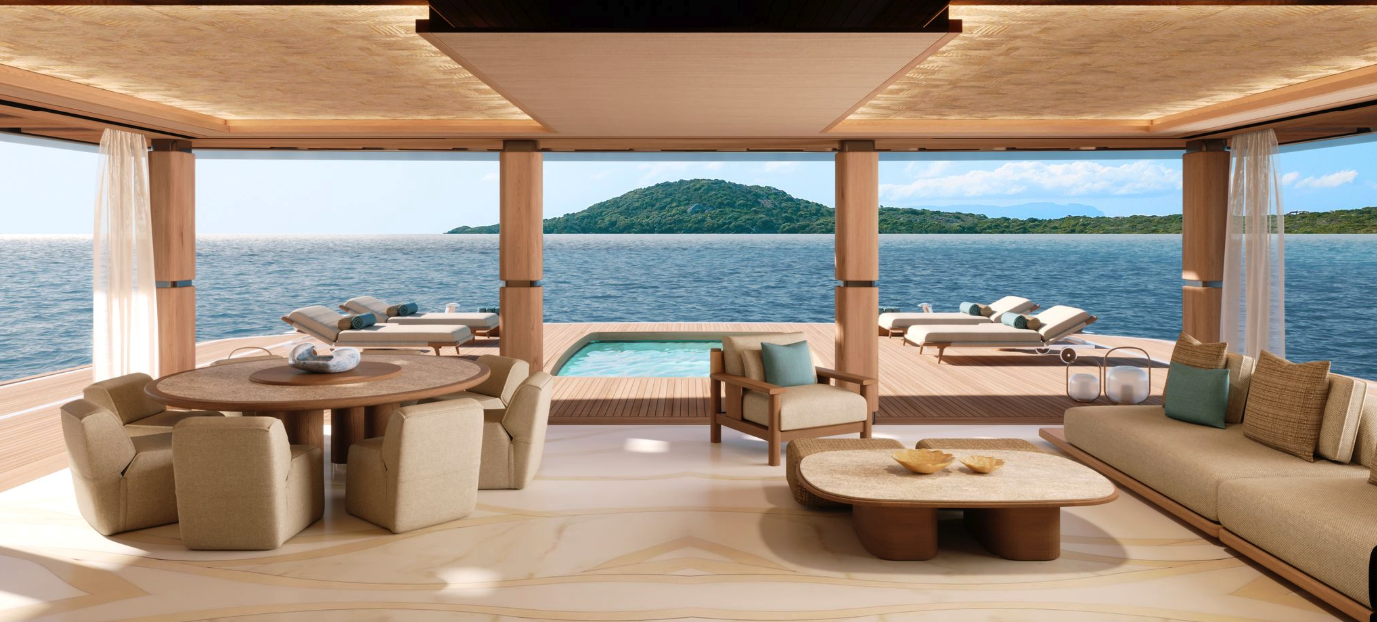
The concept targets owners prioritizing spatial efficiency and innovative layouts over maximum length. Nauta estimates the design could be built within 36 months at select Northern European shipyards specializing in advanced composite construction. No construction contract has been announced for the concept, which currently exists as a design study.
Technical highlights include optimized deck heights, strategic staircase placement, and elimination of unnecessary barriers between spaces. The design emphasizes multifunctional areas serving specific purposes – from social interaction to wellness and relaxation zones – without redundant spaces.
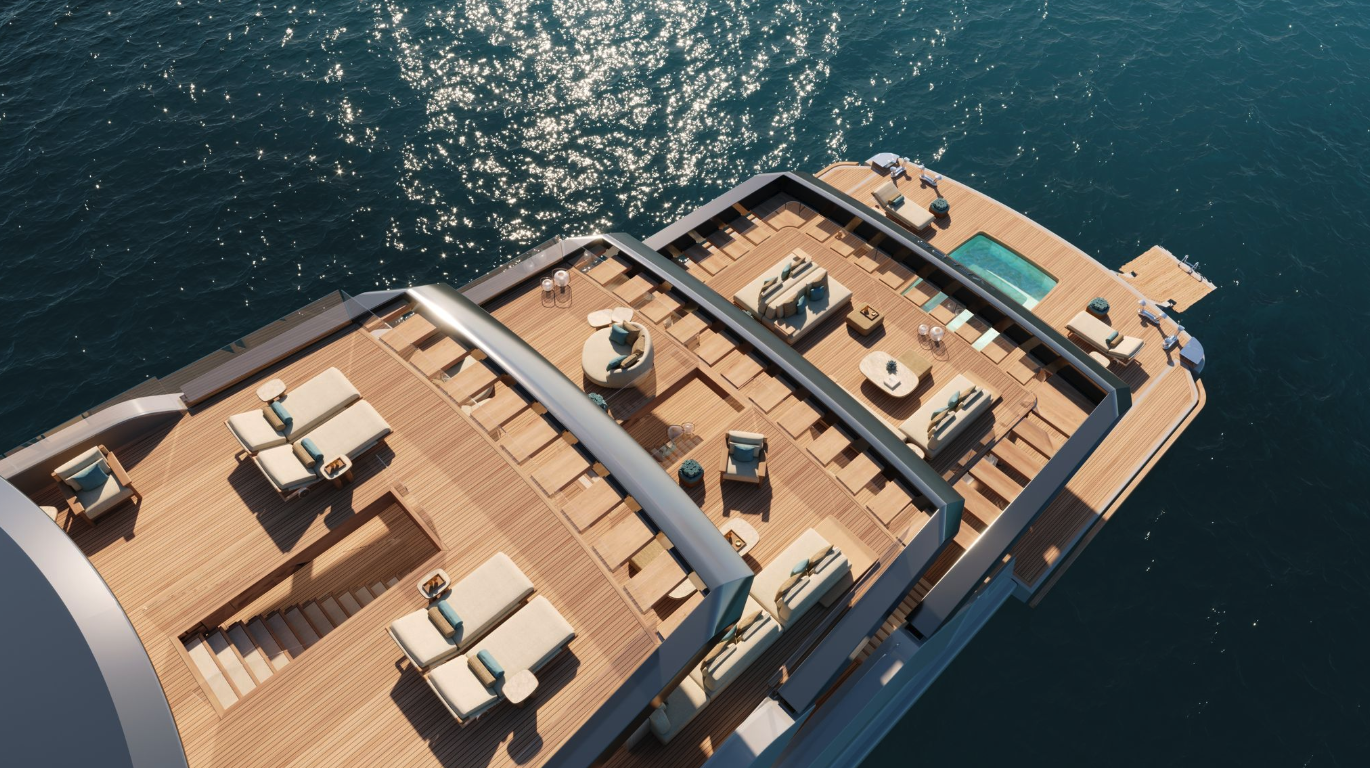
Nauta's presentation materials describe Project Velor as embodying Mediterranean design principles through its blend of indoor/outdoor living spaces and connection to marine environments. The studio has been developing the single-tier engine room solution for approximately eight years, with this project representing its most comprehensive application to date.
Credits: Nauta Design
